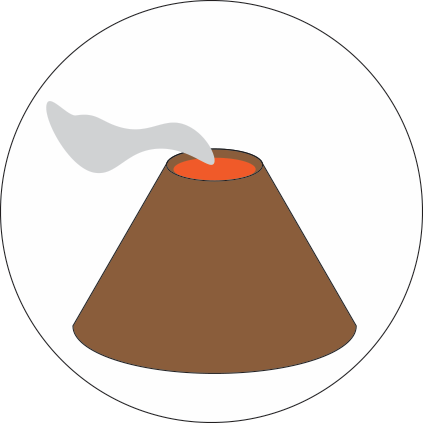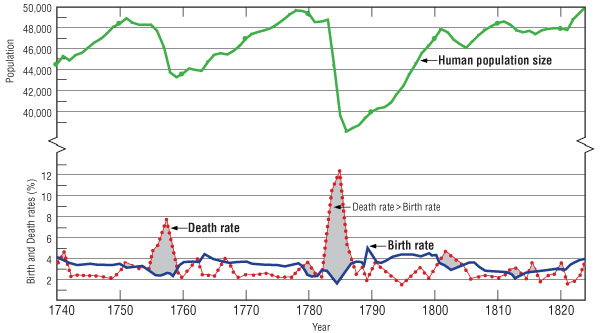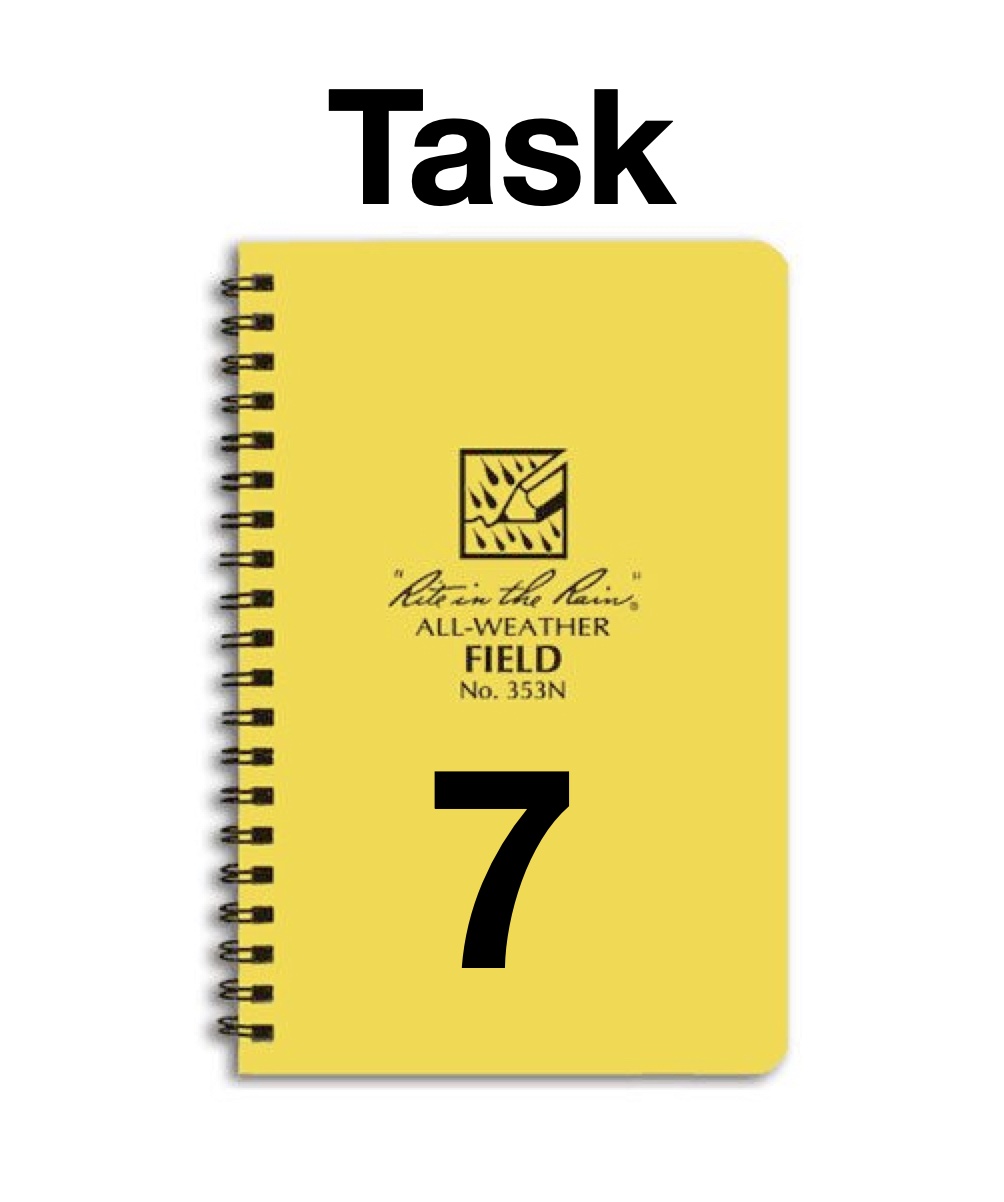
![Fire fountaining at Mauna Ulu 1969 [USGS]](img/impactbanner.jpg)
The 1783-1784 eruption of the Laki fissure was a major natural disaster for the country of Iceland. Very large decreases in the human population and the loss of livestock and other farm animals were associated with this event.

It is unusual to have so much loss of life caused by a largely effusive, or lava-flow producing event. In this case, the people and livestock were not killed directly by the hot lava flows.
Instead, a large part of the country was impacted by the gases given off by the magma. In this part of the exercise you will try to create a hypothesis to account for how the impact of this eruption was so devastating to the people of Iceland.
The table below shows the population changes for three kinds of grazing livestock in Iceland, comparing populations before and after the 1783 eruption. These animals get most of their food from grazing on outdoor grasslands.
| Animal | Population Before Eruption | Population After Eruption | |
|---|---|---|---|
 |
Sheep | 236,251 | 49,613 |
 |
Horses | 35,936 | 8,680 |
 |
Cattle | 20,067 | 9,804 |

Answer the following questions about the decline in populations following the eruption:
1.What do you think caused the rapid decline in the total population of sheep, horses, and cattle as a result of the eruption? (*Hint: Think carefully about how the eruption might have affected their sources of food)
2. What do you think caused the marked human population decline, and spike in the death rate? Is it related to your answer to the first question?